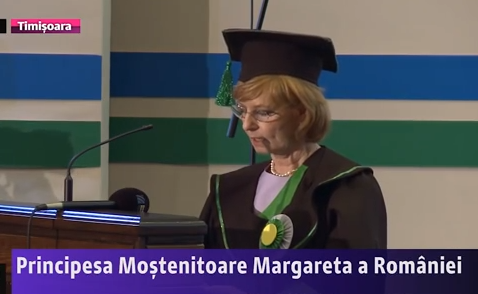2016年3月2日、ホーエンツォレルン公子ヨハン・ゲオルク殿下(His Serene Highness Prince Johann Georg of Hohenzollern : ヨハン・ゲオルク・プリンツ・フォン・ホーエンツォレルン : Johann Georg Prinz von Hohenzollern)が薨去しました。
1932年7月31日生まれの83歳。
スウェーデン王女ビルギッタ殿下の夫。
記事:
(スウェーデン語:スウェーデン王室公式サイト)Prinsessan Birgittas make Johann Georg Prins von Hohenzollern har avlidit – Sveriges Kungahus
(ドイツ語)Lokales / Sigmaringen / Hohenzollern-Prinz Johann Georg gestorben / ZOLLERN-ALB-KURIER
(ドイツ語)Johann Georg Prinz von Hohenzollern, Traueranzeige, Süddeutsche Zeitung, Gedenkkerzen, Kondolenzen, Fotos – JohannGeorg-PrinzvonHohenzollern#/Trauerfall
(英語)Trond Norén Isaksen: At the road's end: Prince Johann Georg of Hohenzollern (1932-2016), art historian
(ドイツ語)Beerdigung von Dr. Johann Georg Prinz von Hohenzollern mit vielen Adligen und Prominenten | Stars
